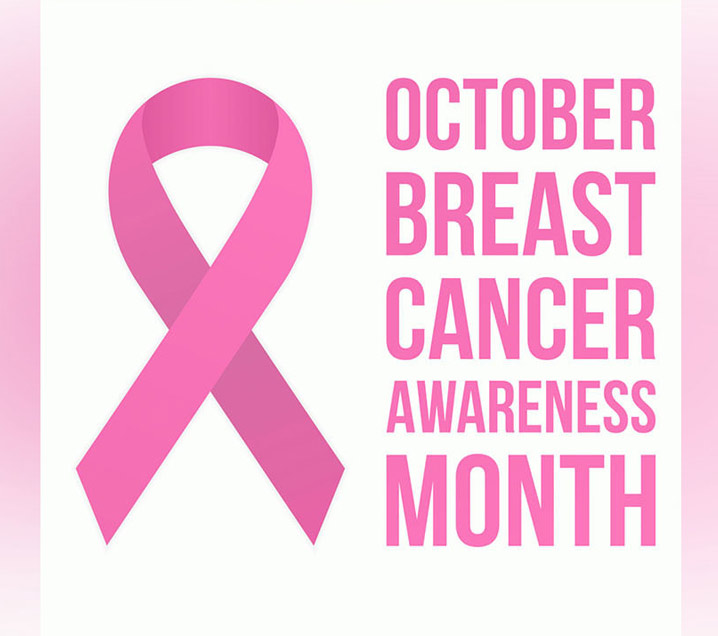What is a Mammogram?
 A mammogram is a low-dose x-ray that allows doctors called radiologists to look for changes in breast tissue.
A mammogram is a low-dose x-ray that allows doctors called radiologists to look for changes in breast tissue.
Your health matters! Schedule a mammogram today!
Source: cancer.org
Why do I need a mammogram?
A mammogram can often find or detect breast cancer early, when it’s small and even before a lump can be felt. This is when it’s easiest to treat.
SCHEDULE A MAMMOGRAM IN JUST 3 EASY STEPS
Setting up an appointment has never been easier. You can simply call one of your locations, or follow the steps below to schedule your mammogram study.
